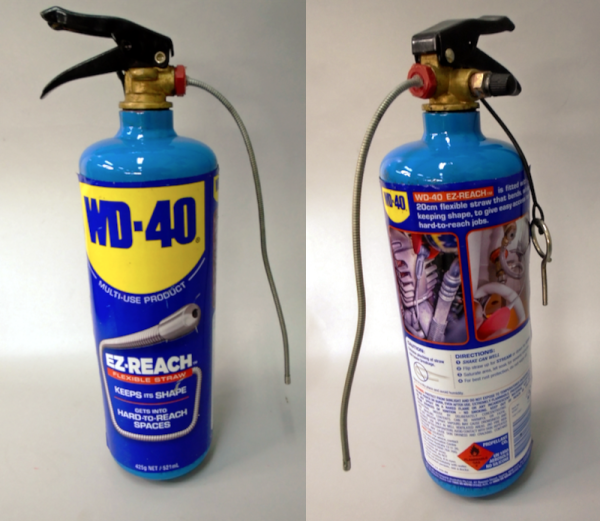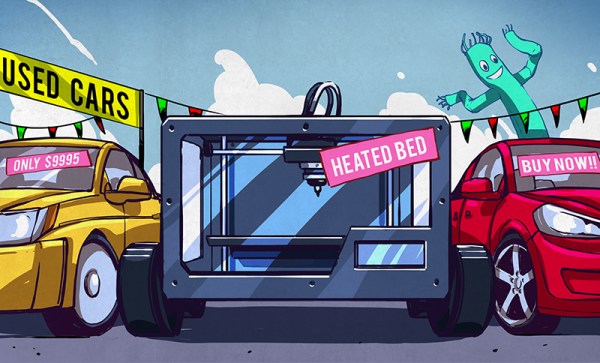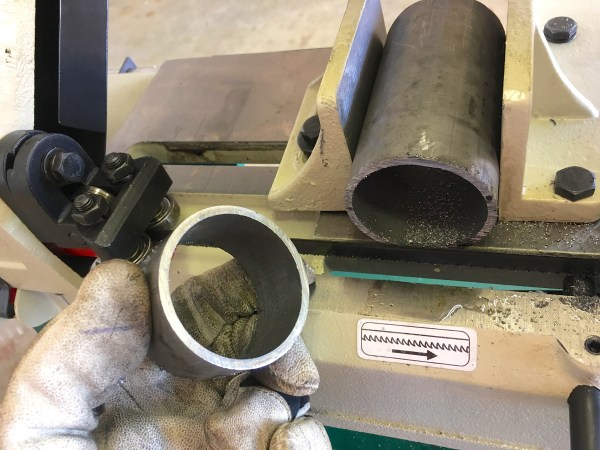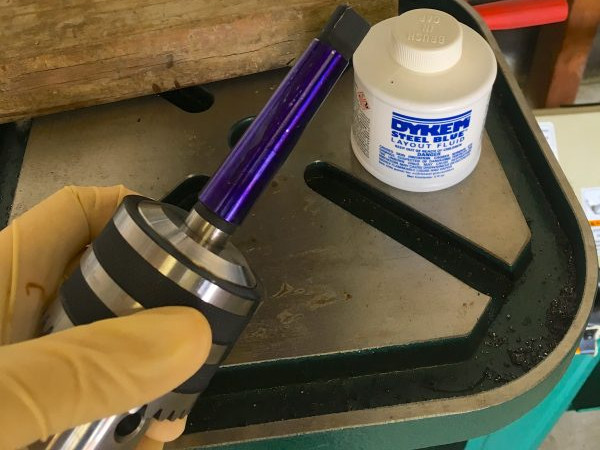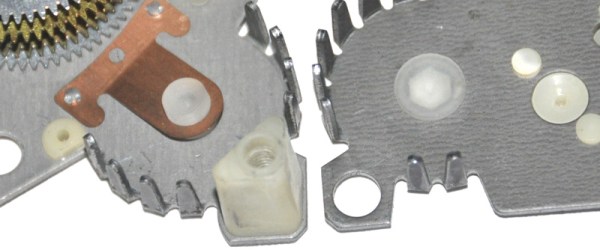It’s 10:34PM and you’ve just run out of water displacement formula #40. You could wait until tomorrow to get a new can, or you could spend the rest of the night turning an old, empty fire extinguisher into a refillable and re-pressurizable WD-40 dispenser like [liquidhandwash] did. The part count is pretty low, but it’s awfully specific.
And the emphasis is on empty extinguisher. Part of the deal involves twisting the gauge off, and we wouldn’t want you to get blasted in the face with any last gasps of high-powered firefighting foam. In order to make the thing re-pressurizable, [liquidhandwash] stripped all the rubber from a tire valve and removed the core temporarily so it could be soldered into the fitting where the gauge was. The handy hose is from a large can of WD-40, which is also where the label came from — since it’s no longer a fire extinguisher, it needs to stop bearing resemblance to one, so [liquidhandwash] removed the sticker, painted it blue, and glued the cut-open can to the outside.
To use it, [liquidhandwash] fills it up about halfway and then pressurizes it through the tire valve with a bike pump or compressor. (We think we’d go with bike pump.) Since [liquidhandwash] goes through so much lubricant, now, they can just buy it by the gallon and keep refilling the extinguisher.
Is WD-40 your everything hammer? Variety is the spice of shop life.

